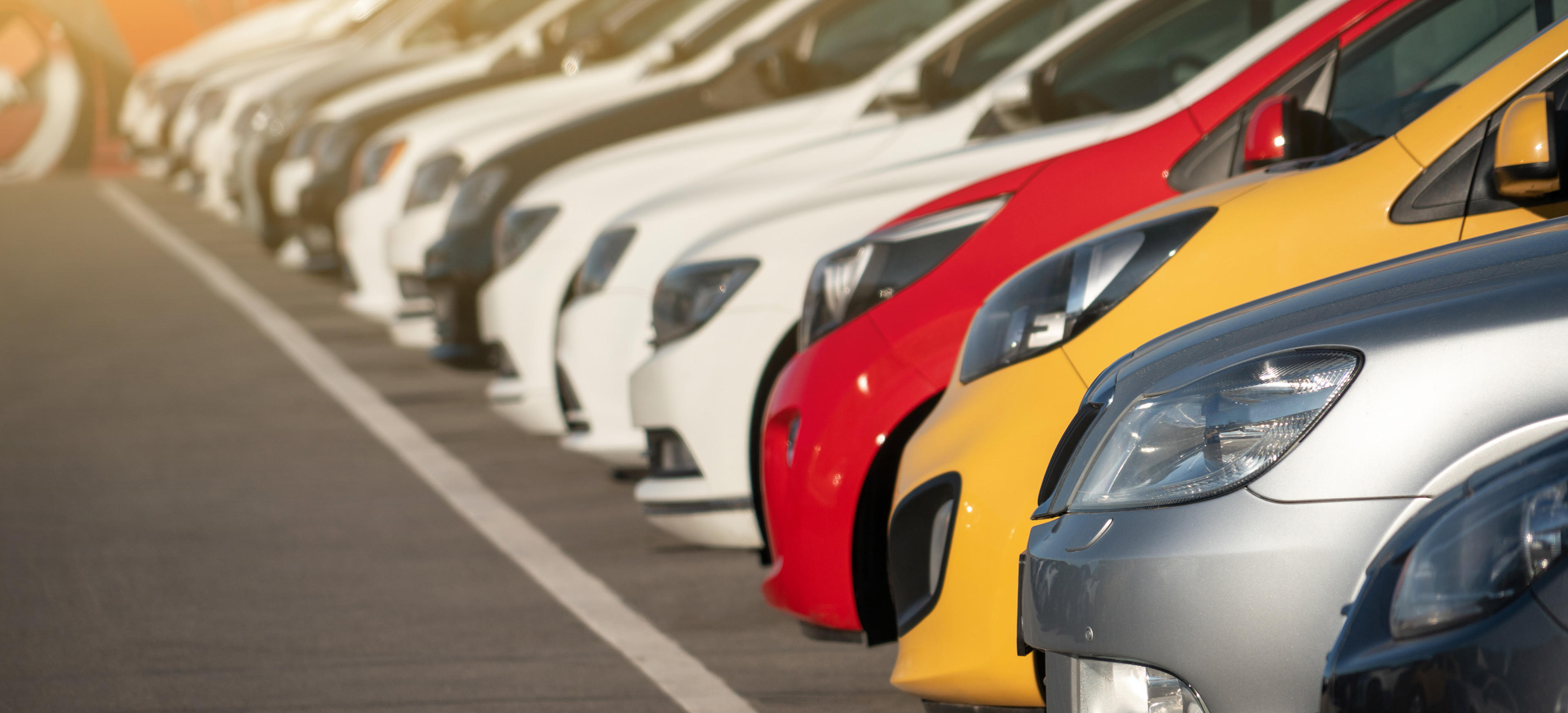
What's Behind a Driveaway Price?
Posted in Buyer Advice
What's Behind a Driveaway Price?
'Drive away, no more to pay’ prices make it easier for you to shop at a dealership; but what are you really getting when you sign up for a car with a set price?
We took a look at what that sticker price gets you.
Stamp Duty
If you register your car, you have to pay a fee to have it registered into your name. This includes a new car that has never been registered before, or a car that is getting transferred into your name (either as a used or demonstrator car), regardless of whether you're buying from a dealership or a private seller.
This cost is based on the 'dutiable value', which is calculated on the 'list price' (for new cars) or the 'market value' (for used cars). This is regardless of any deals struck up in the dealership, or if you transfer a registration to a friend or family member – the car will always have a list price or market value to calculate stamp duty, rather than an amount that you paid for it which would make it too difficult and inconsistent to calculate for every vehicle that was bought and sold in a particular day.

Stamp duty (or vehicle registration duty) is calculated on each $100 or part of $100 of the vehicle’s dutiable value and includes any optional accessories fitted before the time of delivery.
For 2023-24, the vehicle registration duty rates are:
| Hybrid (with any number of cylinders) and electric vehicles | $2.00 |
| Vehicle with up to 4 cylinders, 2 rotors and steam-powered vehicles | $3.00 |
| Vehicle with 5 or 6 cylinders or 3 rotors | $3.50 |
| Vehicle with 7 or more cylinders | $4.00 |
Let's say, for example, you bought a used hybrid car with a market value of $18,990 before on road costs, the stamp duty payable would be $380.
Similarly, if you bought a new car 4-cylinder diesel car with a manufacturer list price of $47,990 before on road costs, and fitted genuine accessories totalling $3,000 before you purchased it – you would pay the duty on the list price, as well as the price of the accessories, for a total dutiable value of $50,990.
For each $100 in $50,990, you will have 510 times the duty rate (rounding up.) And because the car is powered by a 4-cylinder diesel, the duty rate will be $3.00, therefore the duty payable will be $1530.
You always have to pay stamp duty, but drive away pricing takes the hassle of calculating it on a new car purchase, which lets you add up your budget without having to do a complicated sum to figure out how much it will cost to get a car on the road.
Dealer Delivery
Sending a model from the factory to a dealership costs the manufacturer money, because they have to get it showroom ready before anyone can drive off with it. This includes detailing, final mechanical inspection, fitting of any accessories and any other preparation before you take your car.
Dealer delivery charges vary between cars and brands, but usually costs somewhere around $1500 to $2000. If the vehicle has been transported in from another dealer, this cost maybe higher to reflect the additional transit charges.

Insurance & Registration
In order to really drive away, you have to have both insurance and registration on the car. Drive away pricing covers the cost of registering your car, including compulsory third party insurance so you can drive off the lot knowing that if someone else crashes into your car, you’re covered.
If you want further insurance coverage, you have to pay for that yourself; a drive away price just covers the basic costs of getting you on the road.
Something to look out for in the fine print is the length of the registration you’re offered in the drive away price. While most manufacturers will offer 12 months registration and CTP insurance, some will only offer 6 months; which you’ll have to factor into your budget in your first year of ownership, so triple check your purchase contract before you sign.



